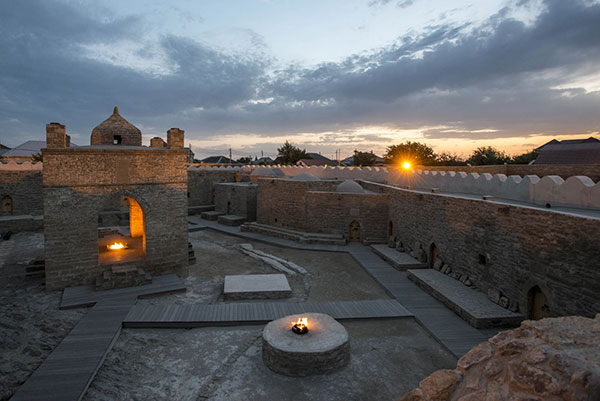Primitive religions

The history of primitive religions is a complex and multifaceted topic that spans thousands of years and encompasses a wide variety of cultures and belief systems.
One of the earliest known forms of primitive religion was animism, which is the belief that all things in nature, including plants, animals, and inanimate objects, have spirits or souls. This belief was common among many indigenous peoples around the world, including Native Americans, Australian Aborigines, and African tribes.
Another important aspect of primitive religions is the use of ritual and ceremony to communicate with the spirit world. These ceremonies often involve music, dance, and the use of psychoactive plants or substances to induce altered states of consciousness. Shamanism, a form of spiritual practice that involves a practitioner communicating with the spirit world on behalf of their community, is a common feature of many primitive religions.
In addition to animism and shamanism, many primitive religions also involve ancestor worship, the belief in a pantheon of gods and goddesses, and the use of divination to seek guidance from the spirit world.
Primitive religions are characterized by a strong sense of connection to the natural world and a belief in the interdependence of all living things. This is reflected in many of the rituals and ceremonies that are central to these belief systems, which often involve offerings to the spirits of animals, plants, and other natural elements.
In many primitive religions, the role of the shaman is particularly important. The shaman is a spiritual leader who is believed to have the ability to communicate with the spirit world on behalf of the community. This communication is often facilitated through the use of psychoactive plants or other means of altering consciousness, such as fasting or sensory deprivation. The shaman may also use divination techniques to seek guidance from the spirit world.
Ancestor worship is also common in many primitive religions. Ancestors are believed to possess a special kind of spiritual power that can be accessed through ritual and ceremony. This may involve offerings of food or other items, or the construction of elaborate shrines or tombs.
Many primitive religions also have a pantheon of gods and goddesses that are believed to control various aspects of the natural world. These deities may be associated with specific animals, plants, or natural phenomena, and may be called upon for protection or guidance.
Despite the many similarities between different forms of primitive religion, there is also a great deal of variation in the beliefs and practices of different cultures. For example, while animism is a common feature of many indigenous belief systems, the specifics of how this belief is expressed and practiced can vary widely from one culture to another.
Today, many traditional forms of primitive religion are in danger of disappearing as a result of globalization, urbanization, and other forms of cultural change. However, there are also efforts to preserve and revitalize these traditions, often through the work of indigenous communities and scholars.
